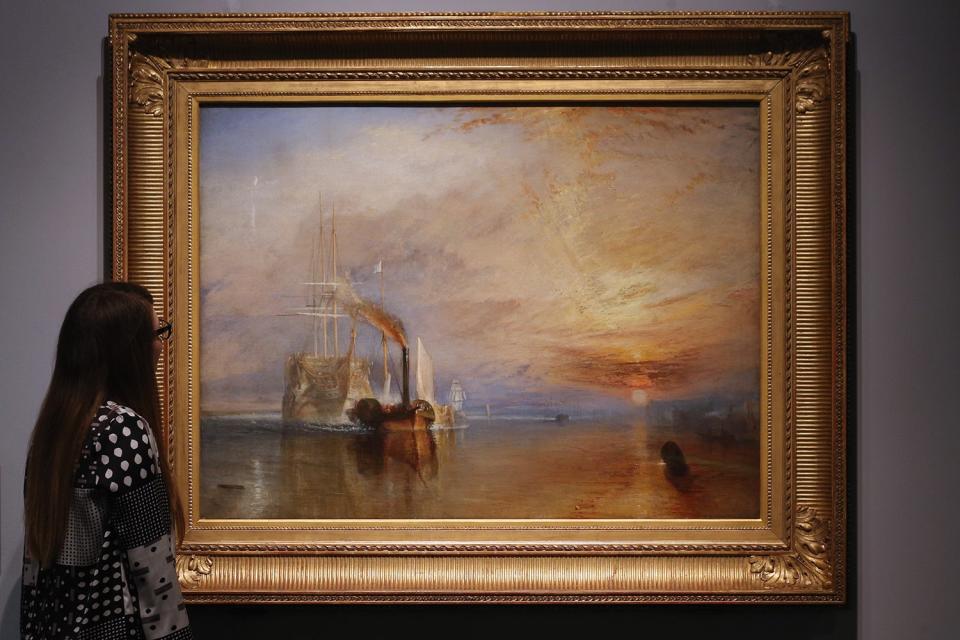Who was JMW Turner? The lowdown on the artist appearing on the new £20 bank note

Renowned English artist JMW Turner appears on the new polymer £20 banknote - which comes into circulation today.
One of the country's most celebrated artists, Turner was born in London in 18th Century and soon became famous for his watercolours.
He is perhaps best known for his 1838 paiting, The Fighting Temeraire, which was voted the nation's favourite in a 2005 poll run by Radio 4.
As the new notes arrive, here's the lowdon on one of the capital's most famous sons.
Who was JMW Turner?

Joseph Mallord William Turner was born in Covent Garden on April 23, 1775, to William, a barber and wig maker, and Mary, who was later admitted Bethlam Hospital after suffering signs of mental instability.
As a young boy Turner was sent to live with his uncle in Brentford, which was then a small town on the River Thames, and it was there where he produced his first works in the shape of a series of colourings of engraved plates.
In 1786 the budding artist was sent to live in Margate, Kent, where he developed his talents further as he drew landscapses of the town and surrounding countryside. A child prodigy, his father would exhibit these drawings in his shop in London and sell them for a few shillings.
As a young man he gained employment working for a number of different architects creating studies and as a draughtsman. When he was 15, Turner became a member of the prestigious Royal Academy of Art and his first watercolour was accepted for the academy's 1790's summer exhibition.
Turner continued to produce a vast amount of work, and would go on to exhibit a watercolour every year at the academy before he showed his first oil painting, Fishermen at Sea, in 1796.
He was elected an academy associate when he was just 24 years old, the youngest age permitted, and in 1802 began studies at the Louvre in Paris. In 1807 he was appointed professor of perspective at the academy, and remained in the position until 1828.
However other intellectuals saw him as profoundly inarticulate, and his gruff mannerisms and strong Cockney accent, along with a refusal to blend in with his peers, left him an outsider with few close friends.
A contrary and reclusive man, Turner remained controversial within the art world and the wider general public as a man who shunned society parties to spend time alone in Margate and his house in Chelsea.
Although he never married, he is belived to have fathered two daughters with his housekeeper Sara Danby, and he later lived as a common-law-husband with Sophia Booth for nearly two decades.
He was devasted when his father died in 1829, and it caused him to plunge further into depression, eccentricity and misanthropy. He and his gallery fell into neglect, and he lived the remaining years of his life in poor health and squalor before his death from Cholera in 1851, at the age of 76.
Throughout his life, Turner produced more than 550 oil paintings, 2,000 watercolours, and 30,000 sketches and drawings.His legacy continues today with the Turner Prize contested by British artists since 1984 and the Turner Contemporary gallery in Margate, which displays a wide range of modern art influenced by the artist.
His artworks are still lauded to this day, with many considering him to be the greatest ever 19th century British artist.

 Yahoo News
Yahoo News 
